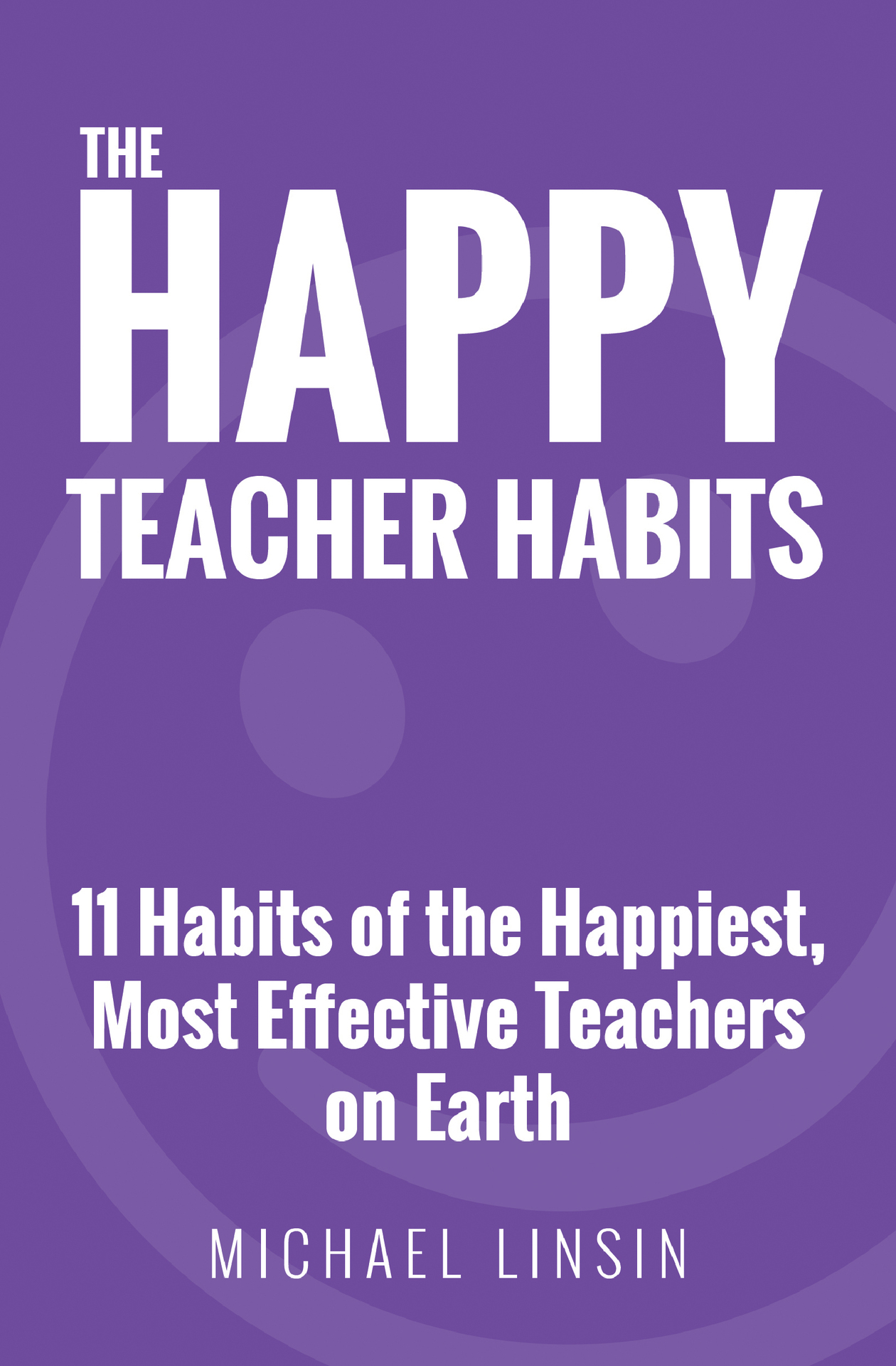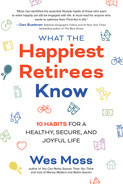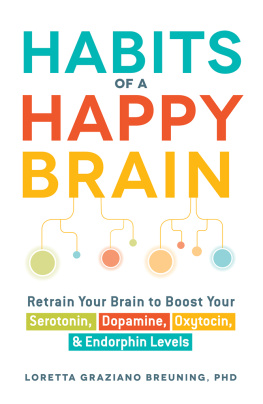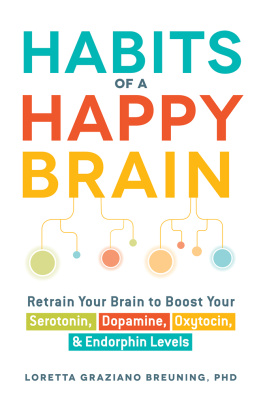The Happy Teacher Habits
11 Habits of the Happiest, Most Effective Teachers on Earth
By Michael Linsin
JME Publishing
San Diego, California
smartclassroommanagement.com
(Digital Edition)
Copyright 2016 Michael Linsin
All Rights Reserved
Under the copyright laws, this book may not be shared or copied, in whole or in part, in any form without the written permission of the publisher, except for the case of brief quotations embodied in critical articles or reviews. Additionally, scanning, uploading, and distribution via the Internet or via any other means without written permission is illegal and punishable by law.
Thank you for respecting the hard work of this author.
Note: In a small number of cases, names have been changed and situations altered to protect the identity of those known to the author.
Table of Contents
Flow: A highly pleasurable mental state in which you're fully immersed in a feeling of energized focus, full involvement, and enjoyment in an activity. You lose yourself in the moment, concerns and worries of the past and future fade away, and your performance soars.
Narrow
And you ask me what I want this year
And I try to make this kind and clear
Just a chance that maybe we'll find better days
-Goo Goo Dolls, "Better Days"
In 2008, Jess Lee was a 26-year-old product manager at Google who in her free time liked to peruse a fashion website called Polyvore. Lee had grown up in Hong Kong and dreamed of being a comic book writer and artist. She loved the creative aspects of Polyvore and how it allowed users to mix and match outfits right on the site, like a high-tech version of paper dolls. She also enjoyed following other users whose style profiles she admired.
One day on a whim she sent a long and detailed email to Pasha Sadri, one of the founders of Polyvore, to suggest ways he might improve the site. Intrigued, Sadri wrote back and asked her to meet him for coffee. By the end of the meeting, Sadri had offered Lee a job. By 2012, Lee was CEO of the company. In just a few short years, she had taken Polyvore, as well as Silicon Valley, by storm by applying her version of what is known as the 80/20 rule.
The 80/20 rule was the brainchild of economist and mathematician Vilfredo Pareto, who in 1906 observed that 80 percent of the land wealth in Italy was owned by just 20 percent of the population. This distribution has often been described as a universal law that is as predictable and provable as the law of gravity. The rule states that 20 percent of inputs tend to produce 80 percent of the outputs.
It's important to point out that the percentages are rough estimates only and don't always add up to 100 percent. For example, 5 percent of your students may account for 99 percent of the misbehavior in your class. 27 percent of real estate agents in your area may be responsible for selling 84 percent of the properties. 19 percent of the clothing in your wardrobe may be worn 68 percent of the time.
The point of the 80/20 rule is that in virtually every industry or endeavor, just a few things make the greatest difference. The rule has also been called the vital few and the trivial many and Pareto's Principle. It can be a powerful way to improve performance in everything from sports to business to education. In the 1950s, a management consultant named Joseph Juran famously used the rule to help improve Japan's manufacturing industries, which by the 1980s became a leader in producing high quality products like automobiles and televisions.
When Jess Lee began working at Polyvore, she identified those few areas that had the most impact on moving the business forward, and resolved to do them exceedingly well. She cut popular features and eliminated distractions in order to double down on the vital few efforts that resulted in the greatest growth. She simplified, streamlined, and narrowed in on the 20 percent (or so) that mattered most to Polyvore's success.
The website grew. It now has over 20 million unique visitors per month and has been profitable since 2012. If you go to Polyvore.com and navigate to the Team page, you'll discover that do a few things well is one of the core values at Polyvore. It's also the secret behind some of the most successful companies in the world, including Apple, Google, Twitter, Starbucks, and Berkshire-Hathaway, who all focus on doing just a few things well.
But the application of the 80/20 rule extends far beyond businesses and organizations. Individuals like artists, writers, lawyers, and athletes have long used the 80/20 rule to improve their efficiency, productivity, and performance. By identifying the 20 percent of efforts that matter most and produce the greatest results, anyone can save time, improve performance, and simplify their life. Anyone can de-emphasize the non-essentials, or cut them out altogether, and limit their tasks to what is most important to their success and fulfillment. Teachers, too, can use the 80/20 rule to lower their stress and improve their job satisfaction, as well as the results they're getting in the classroom.
Discovering the 20 percent can be life-changing. The problem with applying the rule to teaching, however, is that education is a sea of confusing and conflicting philosophies, strategies, and methods. It's rife with change and complexity and an overwhelming amount of information. Therefore, it can be difficult to identify what is most vital to your success. It can also be a challenge to apply the 80/20 rule when you're expressly told by your administrator, and through your curriculum, what to teach and when to teach it.
When I was a young teacher in the early 1990s, I can remember being unhappy with the district-adopted reading program that emphasized an approach called "whole language." So I knocked on the principal's door and asked if I could have the funds to purchase my own materials. She was happy to oblige. So while many of my colleagues were teaching reading through sight words, I was teaching something entirely different. And this was acceptable, even applauded.
I was also given free rein to decide what units I would teach each month and the pace I would follow. Although I was guided by a curriculum, I decided how and when it would be fulfilled, along with what materials I thought were best suited to my students. It felt very much like being my own boss. I could indulge my creative instincts. I could choose to give my students a break when they needed it. I could teach an art lesson first thing in the morning or head outside for some exercise after lunch. I was a trusted professional who knew what was best for my students.
Nowadays, such freedom is long gone and will likely never return. We are now informed exactly what content must be taught and when. We're given precise timelines and schedules and even instructed on what we should have displayed on our classroom walls. Month after month, we attend inservice trainings and meetings where we're presented with more and more new strategies, methods, and approaches in a way that suggests that all of it is equally important. Well, as we know from the 80/20 rule, it's not. Not even close. The truth is most of it is unimportant, if not irrelevant.
Yet, we feel pressured to do it all. We feel pressured to squeeze it all in. We keep adding and adding as the stress level goes up and up. The job gets bigger and more complicated and confusing every year, with no end in sight. Every staff meeting fills us with anxiety over what new procedure or program must now be added to the list. The constant change leads to feelings of unpreparedness, inadequacy, and low confidence, which, particularly at lower performing schools, can be especially draining.










